For new backpackers (or even experienced ones), knowing how to properly pack is essential. I’m quite sure I went a number of years packing incorrectly and, therefore, putting unnecessary stress and strain on my body. That’s why I’m taking some time today to suggest five backpack packing tips that’ll keep you organized and comfortable on the trail.
Article Overview
Backpack Packing Tip #1
Start By Making A Packing List
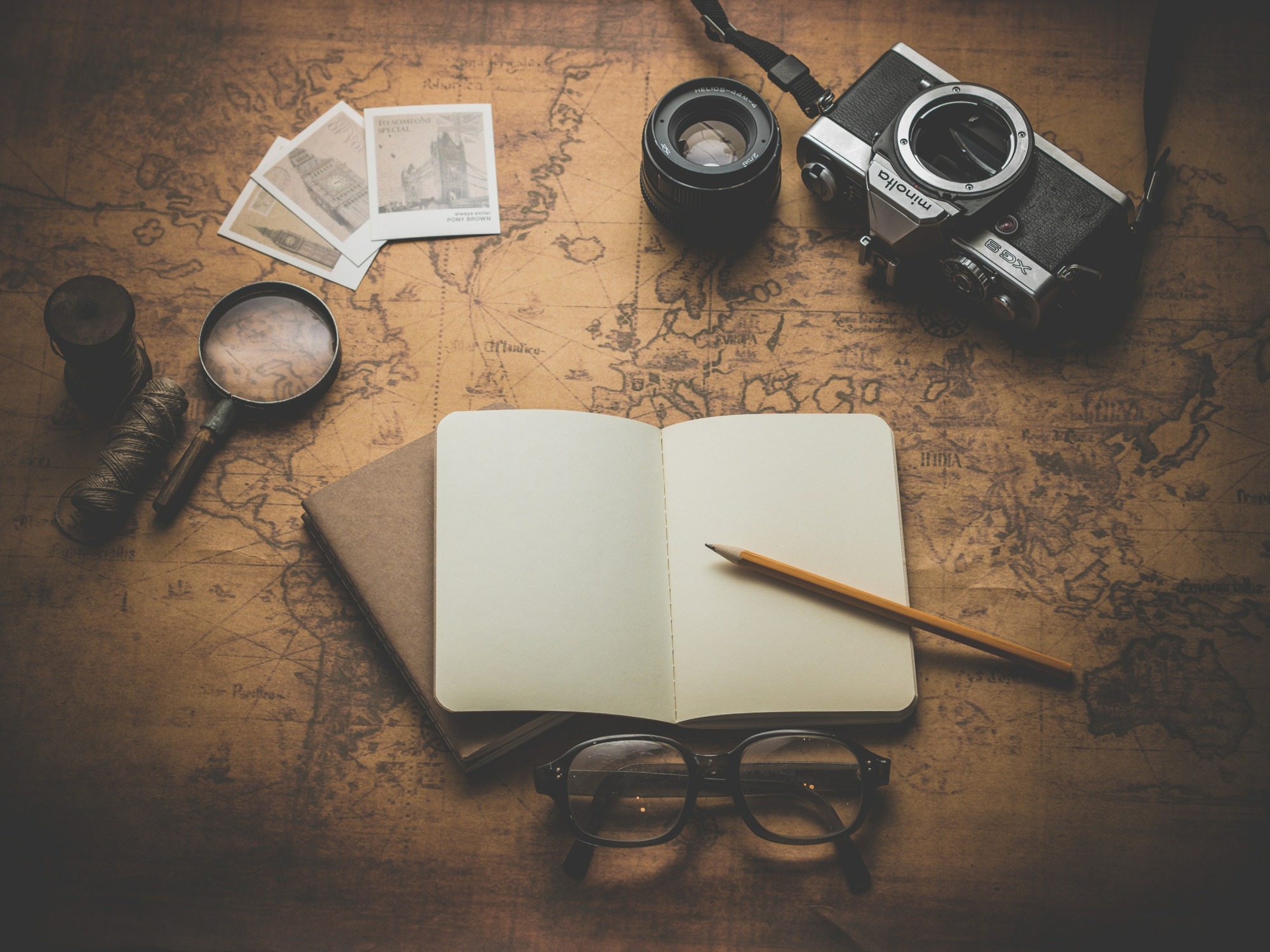
Many of you probably do this when you travel for vacation. You start with a list of everything you’ll want while you’re gone and then you check, double-check, and sometimes triple-check that list before you leave. The usefulness of a backpack packing list can’t be understated.
Firstly, it will help you make sure you don’t forget anything. I’ve been backpacking for years and, because I feel experienced, I rarely make a list. What does this result in? Only minor anxiety prior to every trip because of the possibility of forgetting something critical (i.e. headlamp, which leads to a mountain lion encounter! Yes this really happened. Feel free to email me if you want to know more!).
Secondly, it will allow you to document the weights of all the items you’ll include. Understanding which items are your heaviest items will ultimately help you decide the order in which you pack your pack and where to put certain items.
Backpack Packing Tip #2
Sleeping Bag Goes At The Bottom

Weight distribution is definitely important when juggling which items to throw in when. For years, I put my bear box stuffed full of food at the very bottom of my pack. Not only did this put unnecessary strain on my hips, but it also meant having to completely unpack to grab snacks if I forgot to set them aside in the morning. So, to avoid my mistake, start by packing your sleeping bag at the bottom of your pack.
Many packs have a specific zipper pocket designed for quick access to your sleeping bag. Putting your sleeping bag at the bottom will help with weight distribution and ensure that this essential pocket isn’t rendered obsolete. On top of your sleeping bag should be medium weight items, such as an extra pair of shoes.
Generally, the heaviest items (maybe a bear box or foodstuff sack) should be located in the middle of your pack closest to your spine. This ensures that most of the weight sits on your hips rather than too high up on your pack or unnecessarily on your legs. Finally, the lightest items should be placed on top and around larger, heavier items.
It should be noted, however, that the proper way to distribute weight does depend on the type of pack you’re using, so I’ve included the useful visual to the right for reference.
Backpack Packing Tip #3
Fill Empty Space with Light, Compressible Items
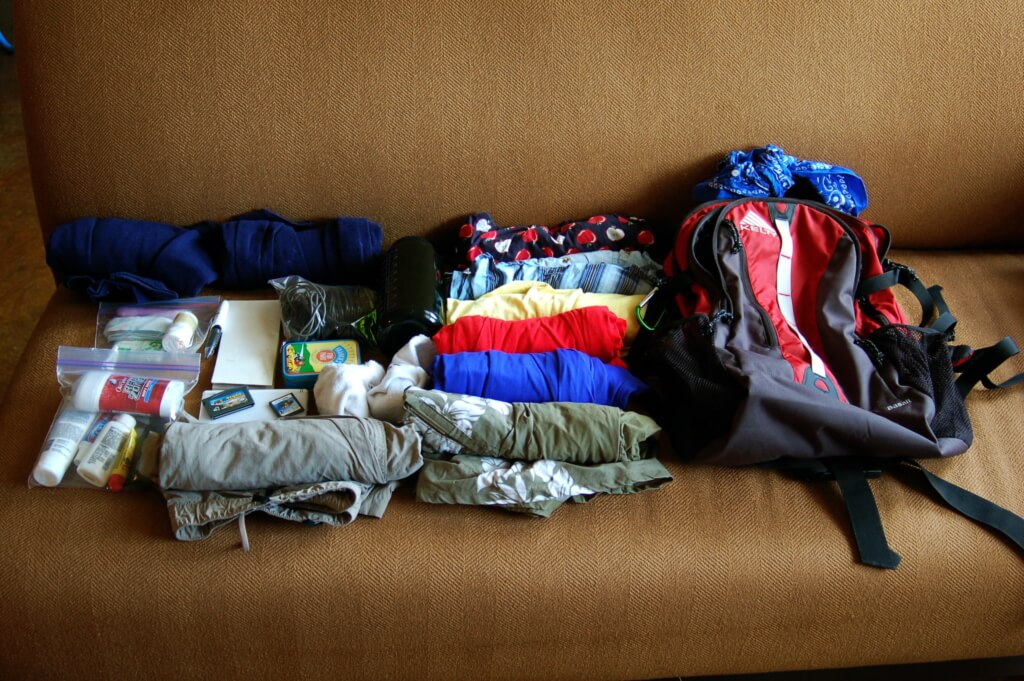
In your backpacking gear, you will inevitably have items that contain empty space. A great example of this is your cooking pot. Cooking pots can be large and cumbersome and feel incompatible with the other items of your pack. But experienced backpack packers will see the empty space in a cooking pot as an opportunity.
These empty spaces can be filled with small, compressible items so that they don’t take up unnecessary space elsewhere in your pack. For example, I store my backpacking stove, lighter, extra matches, bowl, and utensils inside my cooking pot for one, easy-to-pack kitchen set-up. Not only is this an efficient use of space, but it also makes it extremely easy to grab-and-go when you’re ready to cook dinner!
Backpack Packing Tip #4
Strap Large, Bulky Gear to the Outside
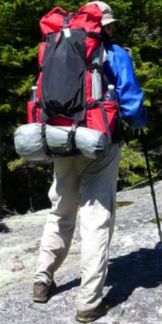
Items like a sleeping pad or tent poles have no place inside your pack. They don’t need to be protected from the elements and they are too funkily shaped to fit naturally with the rest of your items. There’s a reason why every single quality backpacking pack on the market has plenty of external attachment points.
When attaching items to the outside of your pack, be mindful of distributing weight evenly. For example, you don’t want your heavy tent poles on one side and a lightweight jacket on the other. In this case, you might be able to offset the weight of your tent poles by with a full water bottle, or something of the sort. Sleeping pads, to give another example, are a great item to attach to the bottom of your pack horizontally because they are light and durable.
Backpack Packing Tip #5
Keep The Items You Need Within Reach
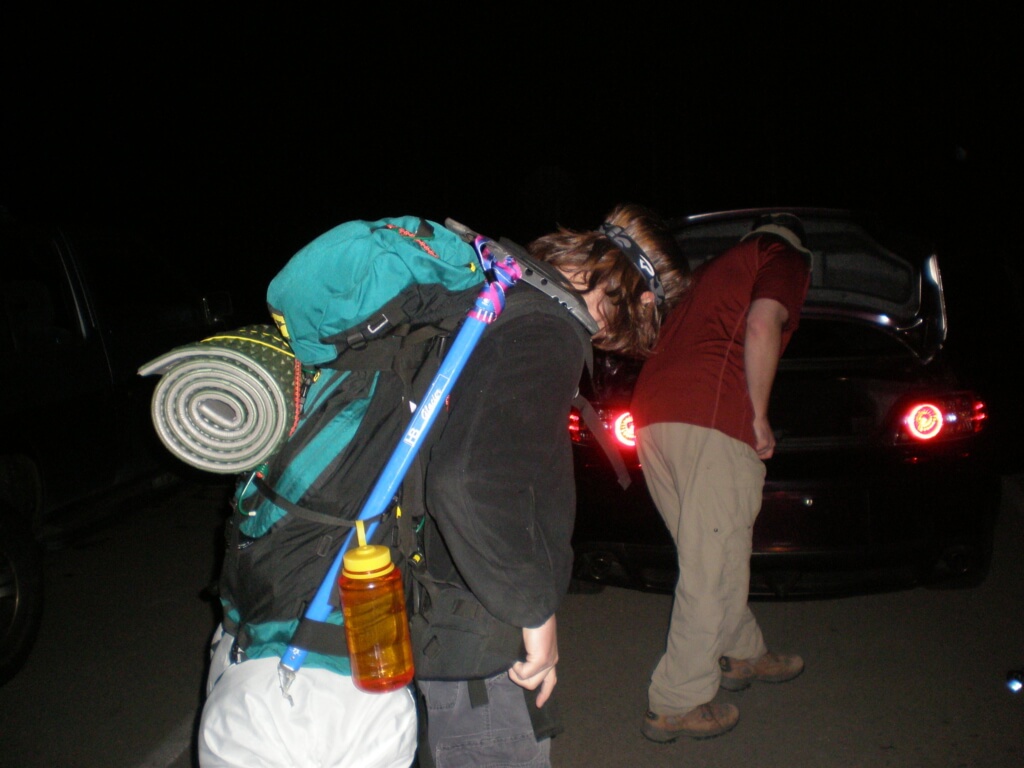
There’s nothing worse than getting a craving for that Snickers bar you packed and realizing it’s buried in your bear box under a chaotic disorder of other gear. I’ve made this mistake more times than I can count on the trail. So my last tip for you guys is to make sure you keep items you’ll want throughout the day easily accessible.
Fortunately, this is kind of a no-brainer and relatively easily done. But even items like a raincoat, rainfly, extra socks, and a towel often become needed at a moment’s notice on the trail. My personal recommendation is to keep all of these items within easy reach so that you’re prepared for unexpected stream crossings, blisters, and thunderstorms, just to name a few potentials!
Final Thought on Backpack Packing
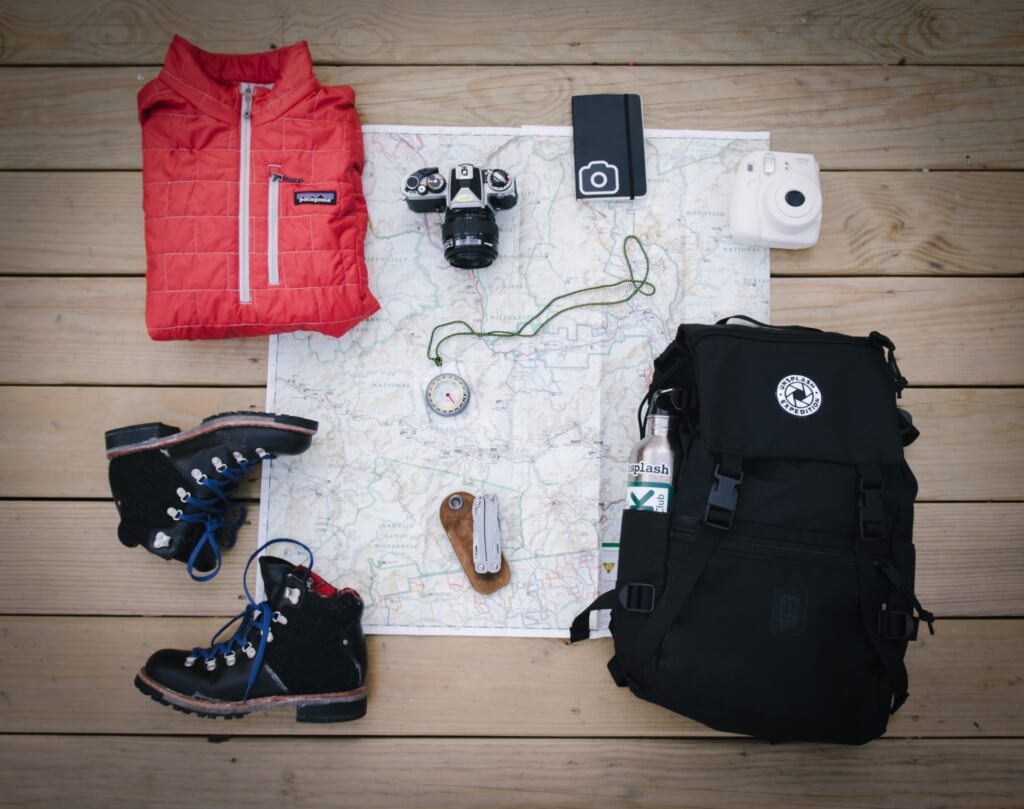
My final thought on backpack packing is to develop a system and stick to it. I just had a recent example of why this is important as I was repacking to leave Costa Rica. I had all of my clothes, books, and toiletries packed when I realized that I couldn’t find my passport (kind of an essential item when wanting to get back into the U.S.).
It wasn’t where I had stored it during the entire trip, and I had several moments of panic followed by starting to plan how to get to the U.S. embassy with the remaining 12 hours I had in the country. Fortunately, I had placed it in a different spot during our last time traveling by bus and was able to find it after overturning our entire room.
I tell you this because, as you can see, I had a system but I deviated from it and it caused unnecessary stress (fortunately in this case only a minor headache). But developing and sticking to a system will make you more efficient in and out of camp and also help to ensure that the items you need are there when you need them!
Also, if you found the five tips above to be unclear, or you were wishing for a little more visual support, check out this awesome video from our friends at REI!
About The Backpack Guide
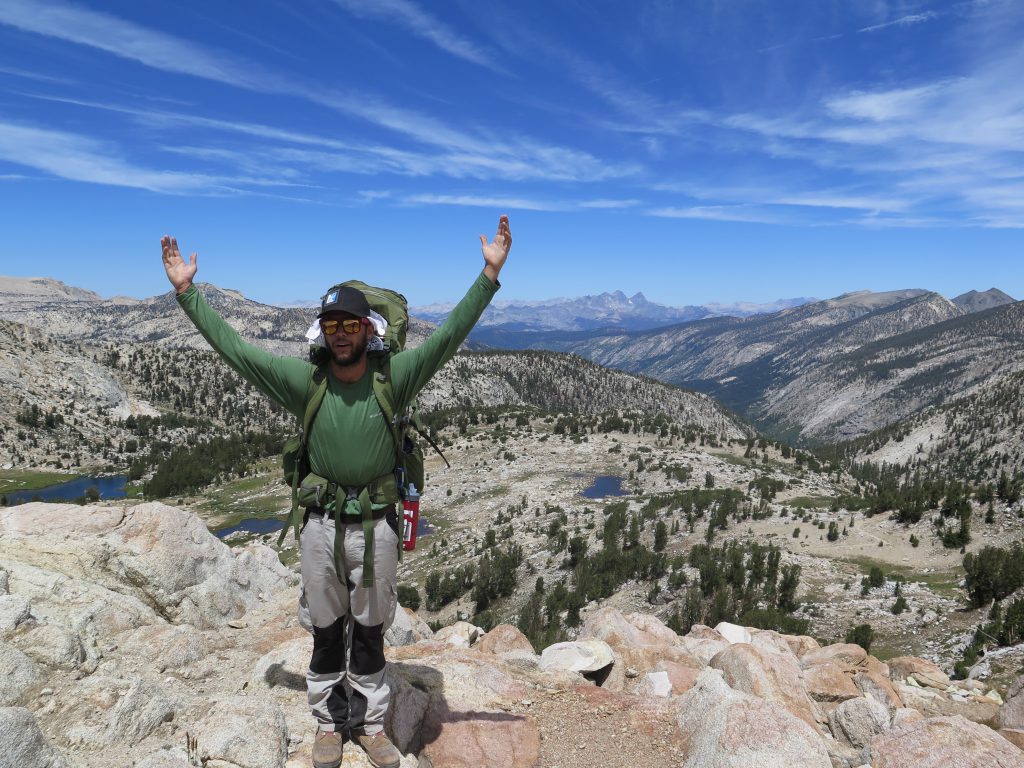
At The Backpack Guide, I’m always looking for new trails and wildernesses to explore. And I’m always on the lookout for new products to test out! If you have feedback on this pack, or any other I’ve reviewed, I’d love to hear from you! Also, let me know if you’d like to write your own review!
Drop me a line here or find me on social media @thebackpackguide on Instagram and Facebook. Tag me in your photos with your newest pack or from your most recent adventure!
I hope you’ve enjoyed these tips and I’d love to hear your feedback in the comments section below. I’ll be quick to reply to any questions, comments, or concerns you feel like sharing!
Good Luck Packing!
The Backpack Guide
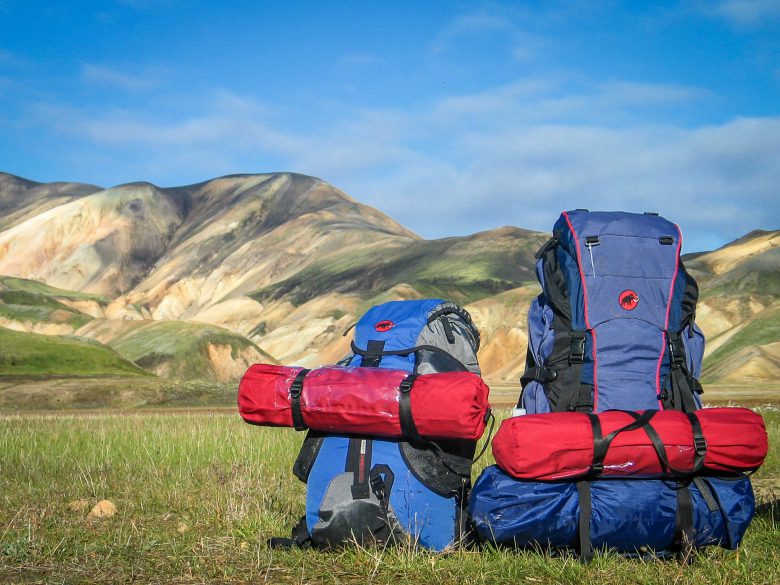
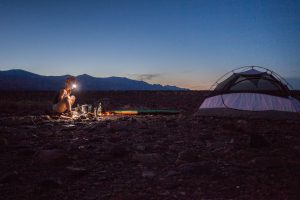
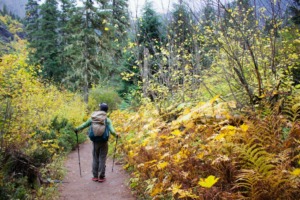
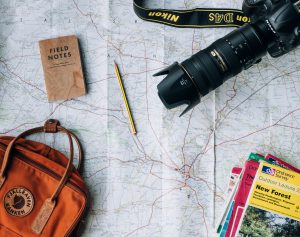
Comments
I’ve seen loads of times over the years (I have 48 of them) a backpacker with their rucksack on their back and the sleeping bag strapped to the bottom, and I never had any idea why that was. But now you’ve explained it, it makes perfect sense! I did some travelling about 25 years ago and I could have done with reading this post back then because I did not have a clue!. Thanks for this – I’ll be bookmarking your page for future travels 🙂
Author
Thanks for the feedback and happy to clear that up for you!
Definitely stay posted for more informational content!